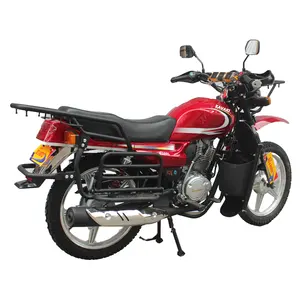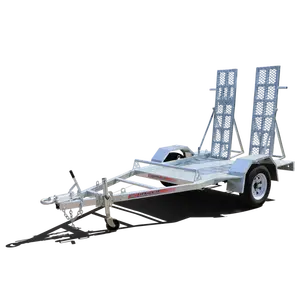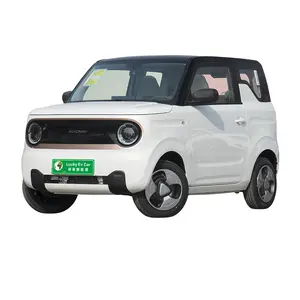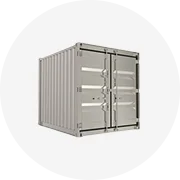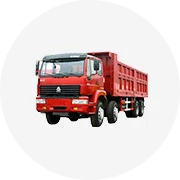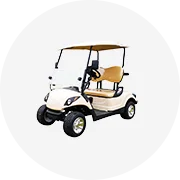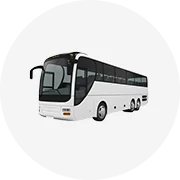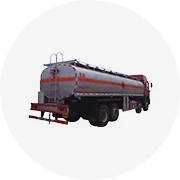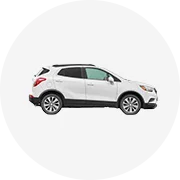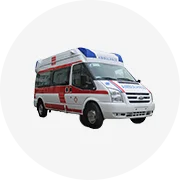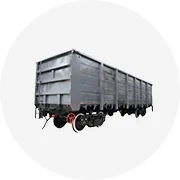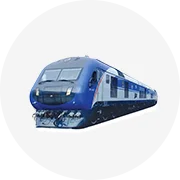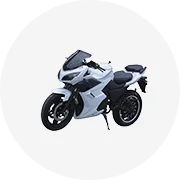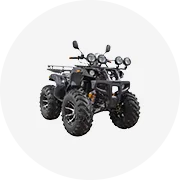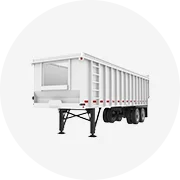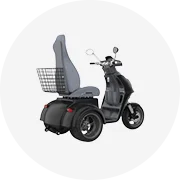Popular in your industry



























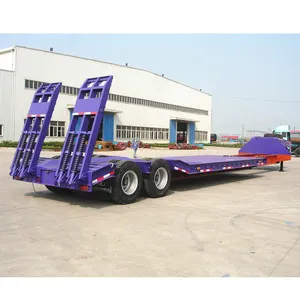
















































































































































































































Top categories
About trailer bed
Introduction
Embarking on a road trip adventure? The success of your journey largely depends on the right selection of your trailer bed. This comprehensive guide will help you understand the importance of a quality trailer bed, explore the pros and cons of various types, and guide you in choosing the perfect one for your needs. We'll delve into the intricacies of flatbed, gooseneck, utility, and dump trailers, and how to select the right one based on your vehicle's towing capacity, load requirements, and trip specifics. We'll also share essential maintenance and safety tips to ensure a smooth and safe journey.
Understanding the Importance of a Good Trailer Bed
Quality flooring material on your trailer truck is essential as it provides a stable surface for your loads and prolongs the life of your trailer. It's crucial to choose the right trailer decking material. Hardwood trailer decking is a superior option due to its reliability, durability, and strength. It can withstand heavy loads and extreme weather conditions, making it an ideal choice for trailer beds.
Types of Trailer Beds: Pros and Cons
Trailer beds come in various types, each with its unique advantages and drawbacks. Dry van trailers, the most common type, are ideal for transporting everyday items due to their enclosed structure. Flatbed trailers offer versatility, accommodating easy loading and unloading of open-air commodities. Refrigerated trailers, or reefers, are designed for temperature-sensitive goods. Drop-deck trailers are suitable for taller loads, while double drop trailers are perfect for hauling tall machinery. Hot shot trailers are cost-effective for short distances, and Conestoga trailers protect freight from the elements. Curtainside trailers offer similar protection, and extendable drop-deck trailers are for exceptionally long freight. Lastly, removable gooseneck trailers (RGN) are ideal for large machinery.
Flatbed Trailers
Flatbed trailers are versatile, used for transferring a variety of goods due to their unique design with no walls. They come in various sizes, weights, and capacities, designed to serve specific needs. The most common type is the standard flatbed trailer, used for hauling cargo like lumber, steel, and machinery. Other types include the Lowboy Trailer for taller and heavier loads, the Removable Gooseneck Trailer for easy loading and unloading of heavy equipment, the Drop Deck for tall equipment, and the Extendable Drop Deck for longer loads.
Gooseneck Trailers
Gooseneck trailers are typically for the more advanced tower. They are more expensive and require a slightly more complex setup, but they offer more stability and the ability to tow much larger loads. The pin weight is applied to the vehicle directly over or just in front of the rear axle of the truck, providing stability. The 'neck' of the trailer extends over the bed of the tow vehicle, and the down weight is over the truck axle, giving more stability and a tighter turning radius.
Utility Trailers
Utility trailers are versatile, with customization options to meet specific needs. They come in various sizes, from a compact 4x8 to a heavy-duty 7x14. Customizations can include trailer organization accessories, custom paint, mag wheels, and tool boxes. Quality is crucial when choosing a utility trailer. Check the strength of the frame, type of lights, flooring, and jack. Most utility trailers come equipped with a ramp for easy loading and have slats or d-rings to secure equipment.
Dump Trailers
Dump trailers are versatile and come with a variety of options to consider. They range from 8-ft. to 30-ft. in length, with 14-ft. being the most common size. The frame of your trailer can be channel, I-beam, or tubular, each with its own pros and cons. The lifting mechanism can be a telescopic-style hydraulic lift, a dual-piston style, or a scissor lift. Wall heights, metal thickness, axle options, rear and side gates, ramps, wheel options, and brakes are other important features to consider. The hydraulic pump that powers the lift rams is usually powered by an on-board battery, with charging options available.
Choosing the Right Trailer Bed for Your Road Trip
Choosing the right low bed trailer for your road trip involves considering your cargo equipment and the weight it carries. Different axle configurations support different cargo equipment, so ensure the weight is evenly distributed over the trailer. Cost versus performance is another factor. Consider the construction material of the trailer, the type of cargo platform, and the available designs. Safety features are crucial, including crash barriers and accessories to secure the cargo. Rational design and manufacturing quality also play a part in your choice. A well-designed, high-quality trailer enhances efficiency and safety.
Consider Your Vehicle's Towing Capacity
Your vehicle's towing capacity is the maximum weight it can safely pull, which changes based on its configuration, weight it's already carrying, and how you distribute and control the load you need to tow. It's crucial to never exceed your vehicle's towing capacity for safety reasons. The towing capacity is not a hard rule that works in every situation. It requires knowing several things about both your tow vehicle and the trailer you plan to tow. Remember, manufacturers' calculations assume that the tow vehicle is carrying only a driver.
Assess Your Load Requirements
Understanding your load requirements is crucial for safe towing. This involves knowing your vehicle's towing capacity, your trailer's weight, payload capacity, tongue weight, and Gross Vehicle Weight Rating (GVWR). You can find your trailer's GVWR and Gross Axle Weight Rating (GAWR) on the Federal Certification / VIN label. The weight of your fully loaded trailer should not exceed the listed GVWR. For trailers over 10,000 pounds GVWR, subtract the empty weight of your trailer from the GVWR to find the maximum available cargo capacity. Never exceed this number.
Evaluate Road Conditions and Trip Distance
Planning a road trip involves considering various factors, including road conditions and trip distance. Furkot, a road trip planner, can help you calculate how much time you need to reach your destination. You can set daily limits on travel time to ensure you're not driving under unfavorable conditions. Furkot also plans your route in the most efficient way, but you can customize it according to your preferences. Whether you're planning a day trip or a continent-crossing journey, Furkot can assist you in making your road trip a success.
Trailer Bed Maintenance and Safety Tips
Maintaining your trailer bed is crucial for safe and efficient operation. Regular inspections and servicing ensure its longevity and reliability. Check for worn or broken parts that could cause loss of control. After any impact, have your trailer professionally inspected. Depending on usage and environmental factors, your trailer may need more frequent maintenance. Remember, never crawl under your trailer unless it's supported on properly placed and secured jack stands. If you're unsure about any maintenance procedures, consult your dealer or the manufacturer's manual.
Regular Inspection and Maintenance
Proper trailer bed maintenance is crucial for safe and efficient towing. Regular inspection and servicing of your trailer are recommended. This includes a thorough check before each tow, monthly inspections, and more detailed servicing every six months. Additionally, an annual professional inspection is advised, especially after any impact incidents. A well-maintained trailer bed not only ensures a safer haul each time you tow but also extends the lifespan of your trailer. For specific maintenance guidelines, consult your owner’s manual or dealer.
Safe Loading and Unloading Practices
Loading and unloading flatbed trailers safely is crucial to prevent accidents and injuries. The process involves careful weight distribution, maintaining a low center of gravity, and securing the load properly. It's essential to place about 60% of your cargo on the front half of the flatbed, with 40% in the back end, and secure it with appropriate tensioning devices, chains, or straps. Regular inspections and maintenance of the trailer bed are also vital to ensure safety. Using a backup camera can significantly enhance safety by providing increased visibility and awareness.
On-Road Safety Measures
Ensure proper packing of the trailer, with weight evenly distributed and secured to prevent shifting. Regularly check the tire pressures of both your vehicle and trailer. Ensure the tail lights and marker lamps on your trailer are functioning properly. If your trailer is equipped with a brake system, ensure it's functioning and the emergency 'breakaway' cable is properly attached. Lastly, adjust your side view mirrors for a clear view that extends to the end of the trailer.
Conclusion
Selecting the right trailer bed for your road trip is a critical decision that impacts the success of your journey. Understanding the different types of trailers, their pros and cons, and their specific uses can help you make an informed choice. It's also crucial to consider your vehicle's towing capacity, load requirements, and the conditions of your trip. Regular maintenance and adherence to safety measures ensure the longevity of your trailer and the safety of your road trip. Remember, a well-chosen and well-maintained trailer bed is the foundation of a successful road trip adventure.

